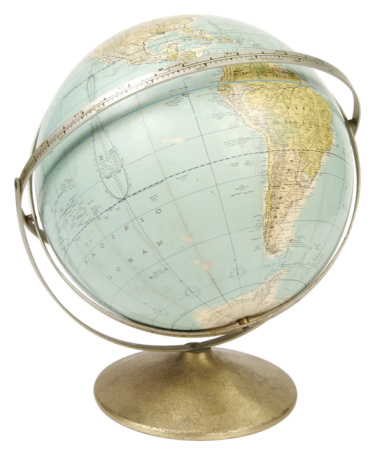Just as “champagne” refers to a sparkling wine produced in a certain fashion in the French countryside, there are several terms that function as geographical indications and designations of origin. It is important to know the regulations and why they are essential to international trade.
Geographical indication: is a sign used on products that have a specific geographical origin and possess qualities or a reputation that are due to that origin. In general, it is the name of the product’s place of origin.
Designation of origin: serves to attribute the presence of natural and human factors with characteristics linked to the products’ place of origin, such as specific manufacturing techniques and traditions.
There is a very subtle difference between the two, which sometimes cannot be clearly defined. Both geographical indication and designation of origin are industrial property rights that identify a product originating in a country, region or locality, whenever its quality, reputation or other characteristic can be attributed to its geographical origin. However, designation of origin also considers other natural and human factors that play a role in characterizing the product.
The Agreement on Trade-Related Aspects of Intellectual Property Rights (TRIPS) sets out international standards that apply to these terms. It is part of a package of treaties within the framework of the creation of the World Trade Organization (WTO).
The TRIPS agreement does not apply directly to producers but rather establishes obligations for countries to incorporate the international rules on protection into their domestic regulatory framework, which are three:
- Normal level of protection: applies to the majority of cases. Article 22 establishes that countries must create mechanisms to prevent a product’s designation or presentation to indicate or suggest that it comes from a geographic region other than its real place of origin in a manner which misleads the public. The treaty also clarifies that even when the indication is “literally true” as to the territory, protection applies if it falsely represents to the public that it originates in another territory.
- Additional level of protection: article 23 refers to geographical indications regarding wine and spirits, which must contain a higher level of protection than that normally granted. In this case, indications should be protected even when misuse does not mislead the public or when the true origin of the product is indicated, or the geographical indication is used in translation or accompanied by expressions such as “kind”, “type”, “style”, “imitation” or the like.
- Exceptions: article 24 refers to cases in which geographical indications do not have to be protected and are free to use when a name becomes a common or generic term. For instance, today “cheddar” is not necessarily attributed to a particular type of cheese made in Cheddar, United Kingdom.



Follow Us